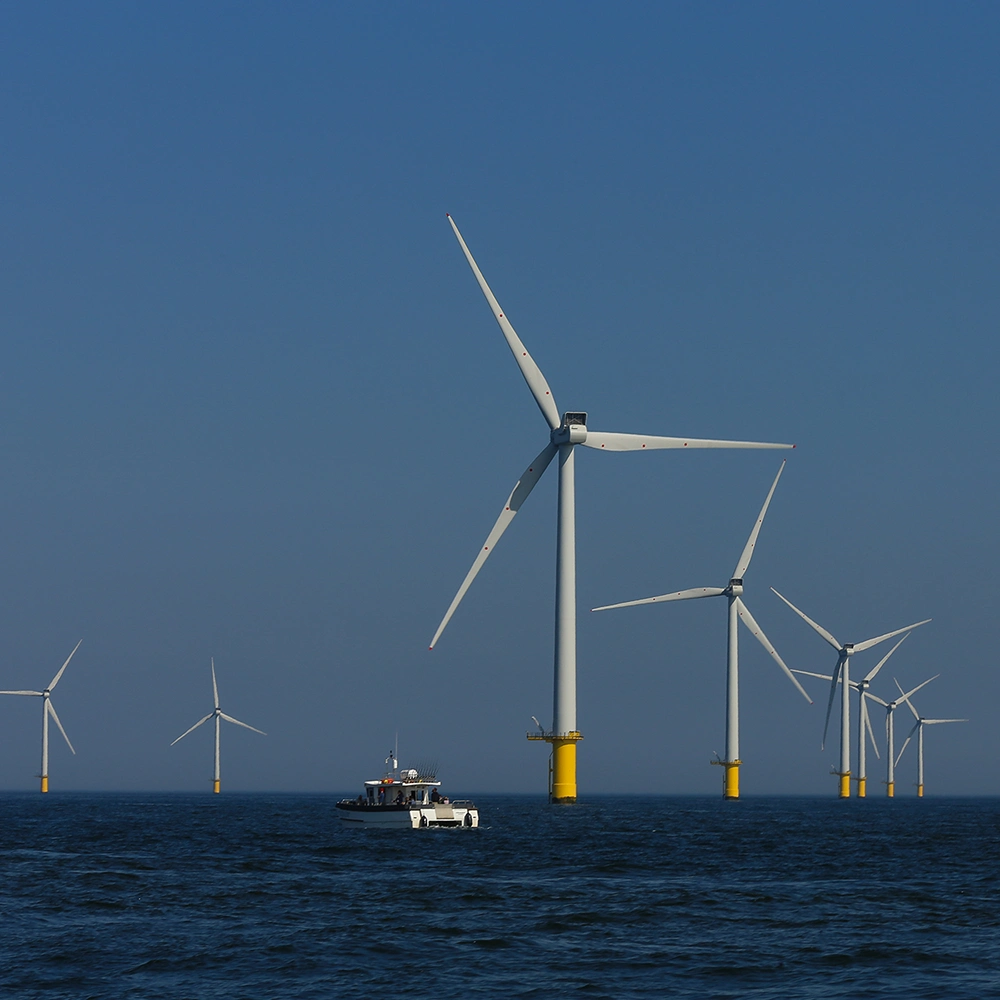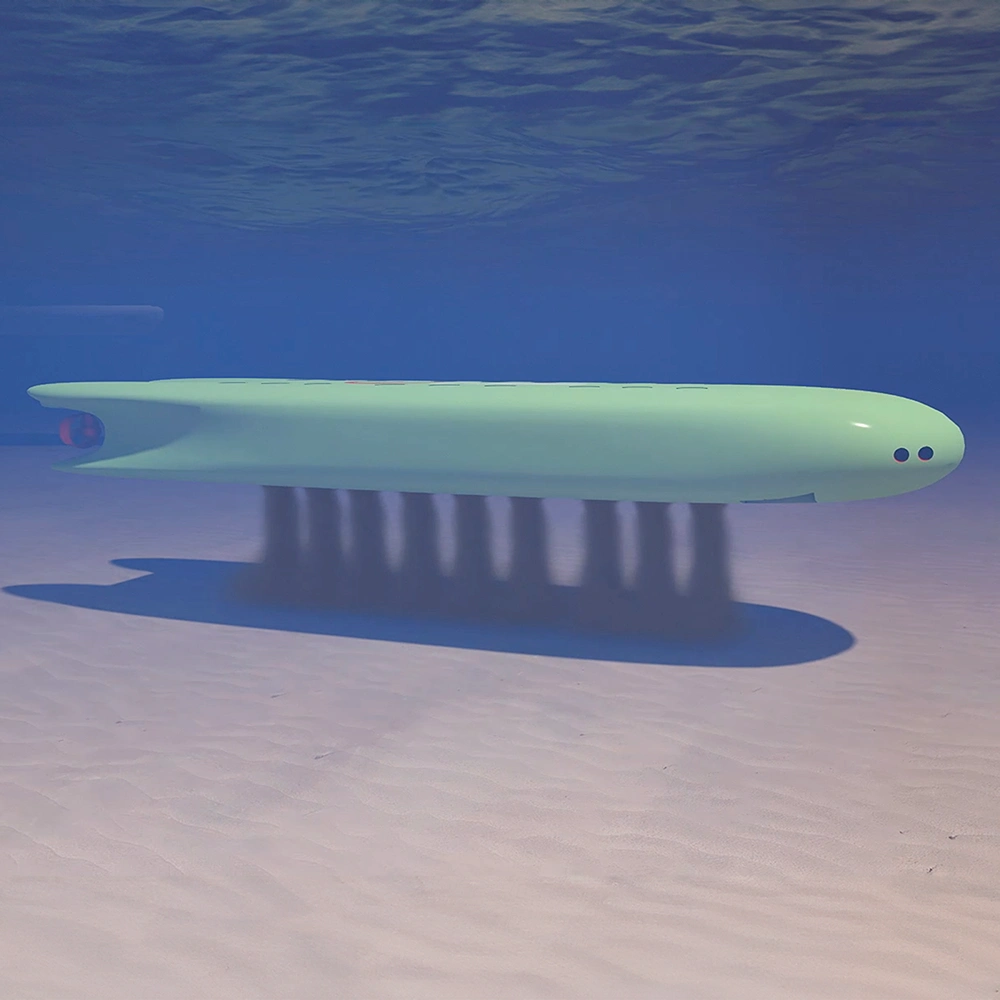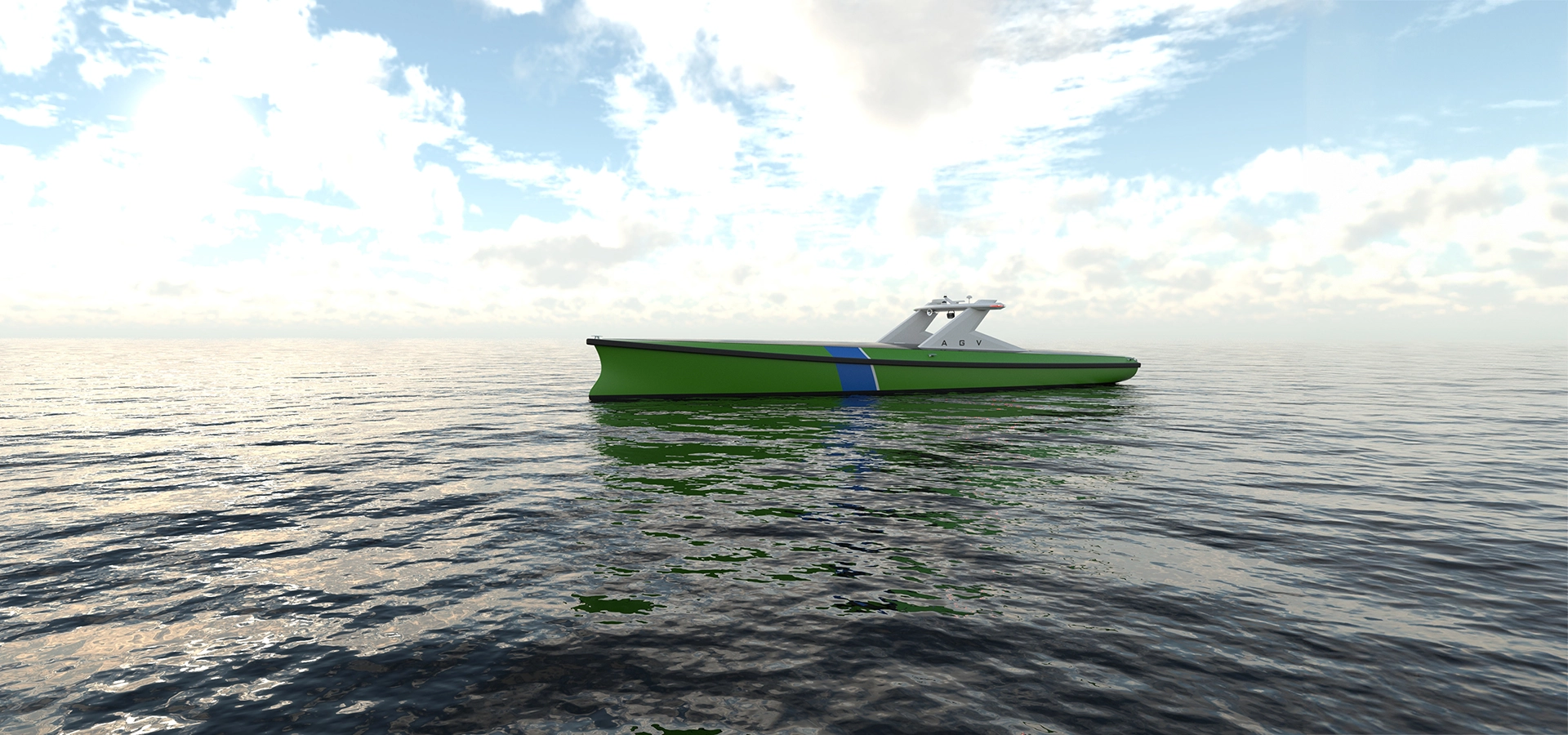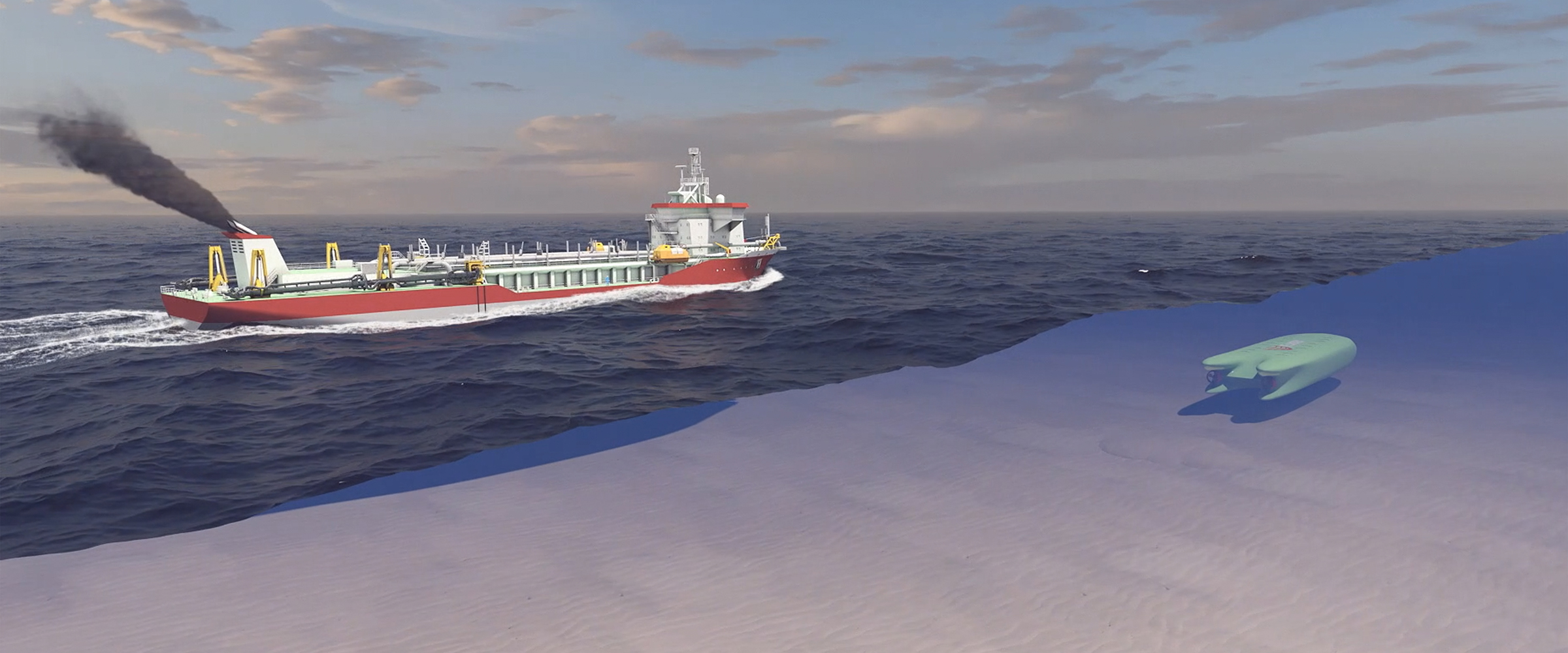PUSHING BOUNDARIES
Autonomous shipping
Autonomous shipping allows for ground-breaking improvements across various ship types, while improving key drivers across the maritime industry such as profitability, sustainability, and safety.

Driving forces for autonomous ships
In recent years, technologies such as advanced sensors and artificial intelligence have made rapid progress, and are key to the development of autonomous shipping vessels. Other driving forces include improved data transmission technology, such as broadband from satellite operators, which makes technology connections possible globally; and the use of onboard vessel systems which are increasingly supported remotely.
The opportunity to design ships which require no marine crew enables naval architects to push the boundaries of ship design. And while those vessels could be crewless or operate with fewer crew, they can also take over more mundane shipping tasks, redefine onboard task setting, or address shortages of well-trained crew.
C-Job explores how shipping could look
C-Job’s research and development teams, together with our naval architects, are using their ingenuity to imagine and develop concepts for new and innovative autonomous vehicles. We also collaborate with a consortium of maritime companies, including SeaZip Offshore Service, LISA, Sea Machines, MARIN, and eL-Tec elektrotechnologie BV.
The work of the consortium led to an autonomous guard vessel design, for surveillance of offshore structures throughout their life cycle, such as wind farms, substation platforms and cable routes.
C-Job has also developed an autonomous underwater maintenance dredger, which transforms how future dredging could operate and showcases what the future may hold for the industry. Further development of both concept designs is currently in progress.

Relevant case studies

Autonomous Guard Vessel (AGV)

Autonomous underwater maintenance dredger (AUMD)
More about C-Job
Our R&D work has contributed to a ripple effect, as the impact of our vessel designs and technical solutions continues to spread. Discover how we are empowering clients to build better ships, as we propel the maritime industry towards a more sustainable future.